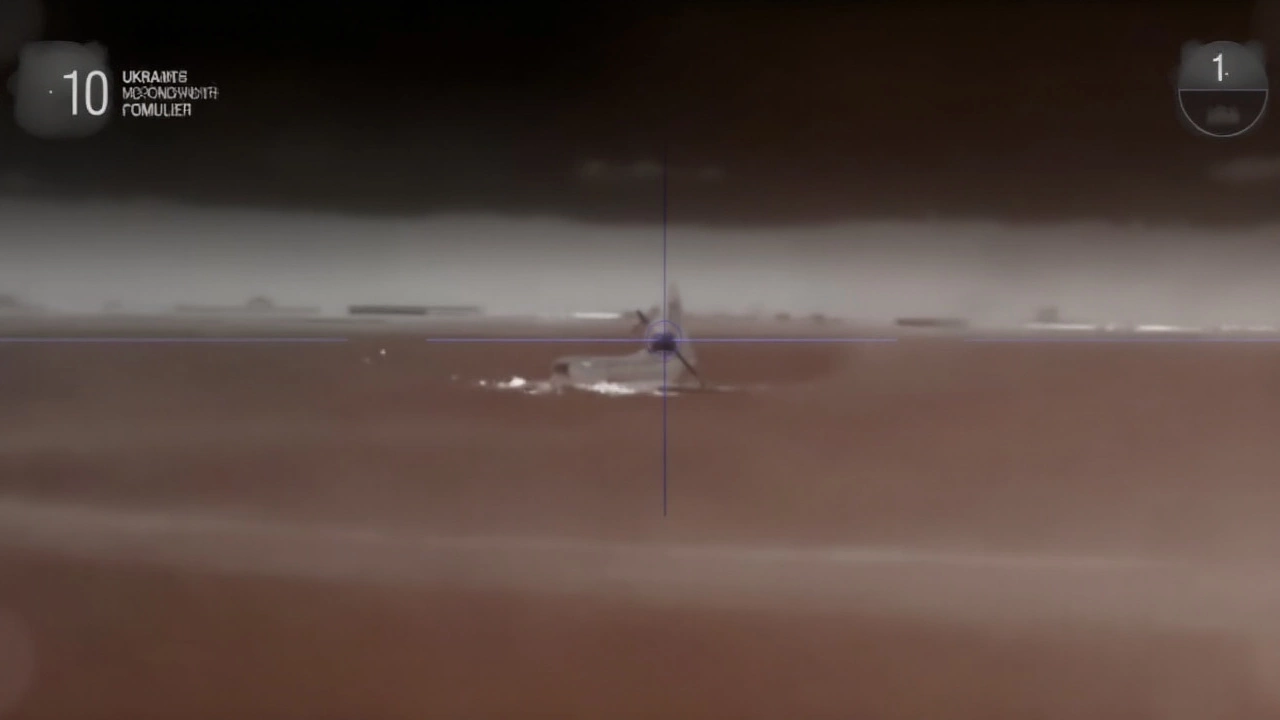Kamikaze Drones – What They Are and Why They Matter
When you hear the word “kamikaze” you probably think of World War II pilots who crashed into ships. Today the same idea lives on in tiny aircraft that fly themselves straight into a target. Those are kamikaze drones – unmanned vehicles built to be destroyed on impact while taking a high‑value target with them.
Why do militaries use them? The main draw is the ability to strike a target without risking a human pilot. A small, cheap drone can be launched from far away, find its mark, and explode on contact. For a commander, that means a lower cost per strike and a way to hit well‑defended spots without exposing crewed aircraft to heavy fire.
How Kamikaze Drones Operate
Most kamikaze drones follow a simple recipe: a sensor package, a guidance system, and an explosive payload. The sensor could be a camera, infrared imager, or even a radar that locks onto a vehicle or building. The guidance system uses the sensor data to steer the drone toward the target. Some models are pre‑programmed with a flight path, while others can receive live updates from a ground station.
Because they are meant to be destroyed, designers keep the airframe light. That makes the drone fast and agile, but also cheap enough to be produced in large numbers. Once the drone reaches the target, a small warhead detonates, often creating a focused blast that can pierce armor or damage critical infrastructure.
Impact and Future Outlook
The rise of kamikaze drones has changed how battles are fought. In recent conflicts, both state and non‑state groups have used them to take out missiles, radar stations, and even small ships. Their low cost means a single strike can cost a fraction of a traditional missile, forcing armies to rethink defense budgets.
However, the technology raises big questions. If anyone can buy a cheap drone and turn it into a weapon, how do we stop it from falling into the wrong hands? International law is still catching up, and many countries are debating rules for autonomous lethal weapons.
Looking ahead, we can expect smarter kamikaze drones. Advances in AI will let them recognise targets on their own, choose the best approach, and avoid obstacles. At the same time, counter‑drone systems – radio jammers, laser defenses, and detection nets – are getting better, making it harder for a kamikaze drone to reach its goal.
For now, the key takeaway is simple: kamikaze drones are cheap, fast, and designed to explode on impact. They give militaries a low‑risk way to hit precise targets, but they also bring new security challenges. If you follow the news on modern warfare, you’ll see these tiny attackers popping up more often, shaping the next generation of conflict.
Ukrainian Intelligence Scores First‑Ever Kill of Russian Be‑12 Seaplanes
On 21 September 2025 Ukraine’s intelligence troops used kamikaze drones to blow up two Russian Be‑12 amphibious aircraft and a Mi‑8 helicopter at the Kacha airbase in Crimea. The strike marks the first combat loss of a Be‑12 ever recorded. These rare Soviet‑era seaplanes were a key part of Russia’s anti‑submarine effort in the Black Sea. Their loss could cut Russia’s operational Be‑12 fleet in half, dealing a heavy blow to its naval air power.
